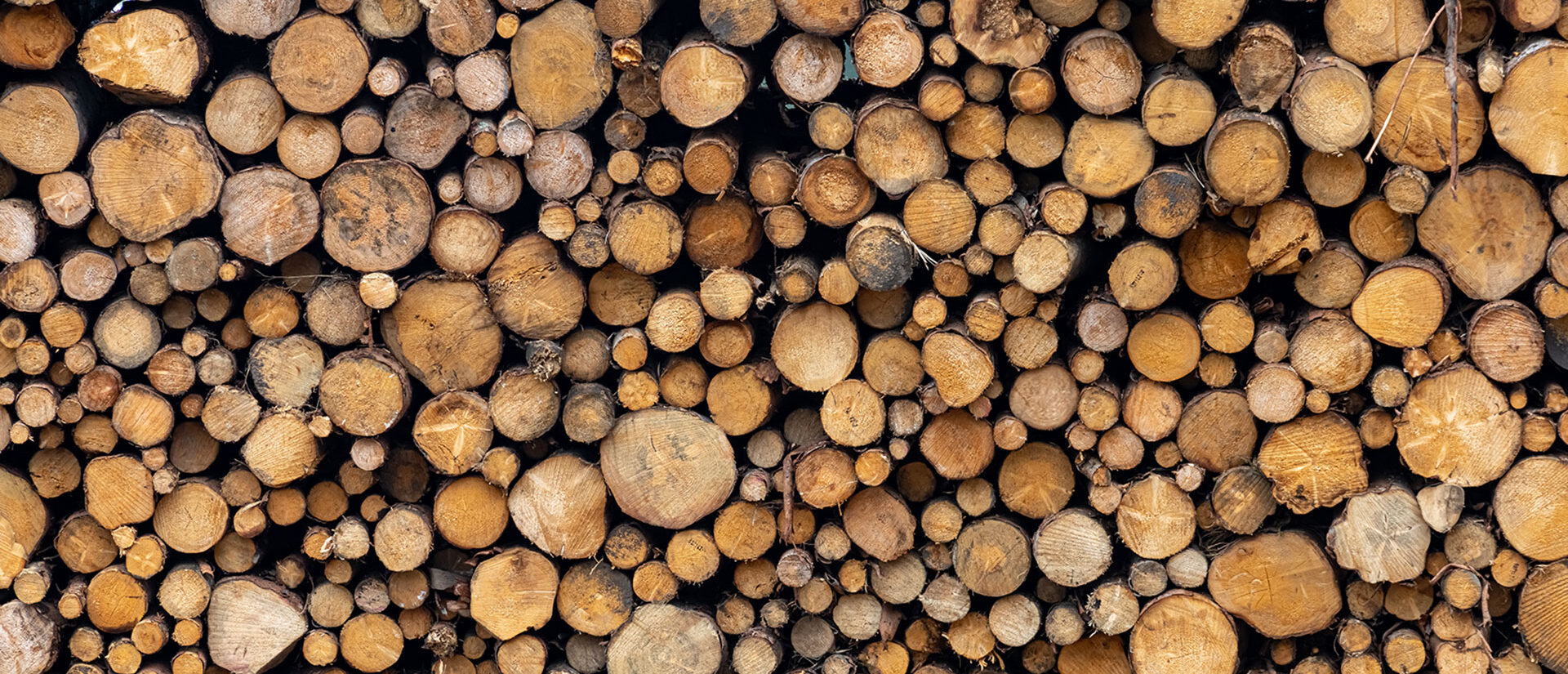- Ruokamarkkinat
- PTT Työpapereita
MAX ARHIPPAINEN JA PERTTU PYYKKÖNEN. 2000. KIINTEISTÖVEROPOHJAN LAAJENTAMINEN MAA- JA METSÄTALOUTEEN. Pellervon taloudellisen tutkimuslaitoksen työpapereita n:o 34. 60 s. ISBN 952-5299-20-1, ISSN 1455-4623.
TIIVISTELMÄ: Tässä tutkimuksessa selvitetään maa- ja metsätalousmaan julkisessa keskustelussa esillä olleen mahdollisen kiinteistöverollepanon vaikutuksia alueiden välisiin tulonvirtoihin, kiinteistöverotuksen suhdetta metsän muuhun verotukseen sekä metsän kiinteistöveron vaikutuksia kuntien vero- ja tulopohjaan. Metsien omistusrakenne on selvästi hajanaisempi kuin pellon. Jos maa- ja metsätalousmaata kiinteistöverotettaisiin yleistä kiinteistöveroprosenttia käyttäen, sen tuotto nousisi vuonna 2000 lähes 400 milj. markkaan. Tämä merkitsisi metsätalouden verorasituksen selvää kiristymistä. Sen kiinteistöverorasitus olisi lähes kolminkertainen muuhun elinkeinotoimintaan verrattuna. Metsän kiinteistöverottaminen vaikuttaisi kuntatalouteen kaikkein merkittävimmin kuitenkin sen mukaan, miten kuntien valtionosuudet muuttuisivat kiinteistöveropohjan laajenemisen myötä. Tutkimuksessa tehdään kaksi koelaskelmaa metsän kiinteistöveron ja valtionosuuksien muutosten vaikutuksesta kuntien talouteen. Ensimmäisessä tarkastellaan sitä, että valtionosuuksien tasaus säilyy nykyisellään veropohjaa laajennettaessa metsään ja toisessa sitä, että kiinteistövero samalla jätettäisiin valtionosuuksien tasauksen ulkopuolelle. Valtionosuusjärjestelmän ja metsän kiinteistöverotuksen yhteisvaikutus on hyvin vaihteleva eikä välttämättä lisää metsävaltaisten kuntien tuloja paljonkaan. Siten verojärjestelmän muutoksesta voisi aiheutua suuria ongelmia monille kunnille.
Avainsanat: Kiinteistövero, kuntatalous, maatalous, metsätalous
MAX ARHIPPAINEN AND PERTTU PYYKKÖNEN. 2000. EXPANDING LOCAL TAX BASE INTO AGRICULTURE AND FORESTRY. Pellervo Economic Research Institute Working Papers No. 34, 60 p. ISBN 952-5299-20-1, ISSN-1455-4623.
ABSTRACT: This study examines the effects of the publicly debated possible expanding of the tax base of the local tax on real property to arable and forest land. It focuses on the tax flows between regions, the relationship between local tax on real property and other taxation on forest land and forestry and finally on how taxation would affect the tax- and income-bases of the local communities. The ownership structure of forest land is much more scattered than that of arable land. If arable land and forest land were to be locally taxed as real property according to the general tax percentage, this would increase tax income by almost 400 mill. FIM year 2000. This would be a significant increase of the taxation on forestry. The local taxation as real property would be almost three times higher than in other industries. The most significant effects on the economy of the local communities would however depend on how the state subsidies for municipalities would change following the broadening of the tax base. In the study two test calculations for the Finnish local communities are carried out. The first examines how a local taxation of forest land as real property would affect the income of local communities if the changes in state subsidies for municipalities are taken into account. The second examines the effects if taxes on real property at the same time would be discounted from the compensation calculations of system for state subsidies for municipalities. The combined effects of a local taxation of forest as real property and the changes of the state subsidies for municipalities are very varying and do not even always increase the income of forest-dominated local communities very much. Therefore changes in the tax system might create large problems for many local communities.
Key words: Taxation of real property, local community economics, arable land, forest land

